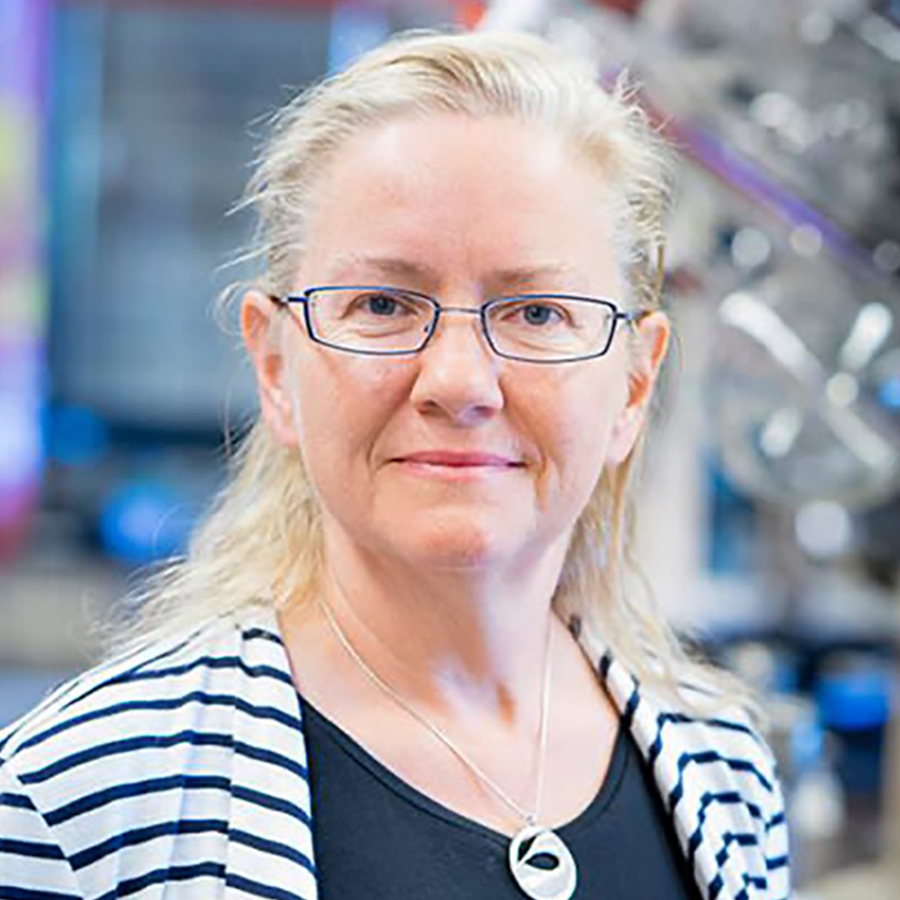Jean Chmielewski
Purdue University
Talk Session: GOODMAN LECTURE
Date: Monday, June 13, 2022
Talk Time: 05:30 pm - 06:00 pm
Talk Title: Stalking Elusive Pathogenic Bacteria: How to Dive into Cells to Treat Infections
In our research program we develop small molecules, peptides and peptidomimetics for three general scientific goals
Drug Discovery
Research in drug discovery centers on the identification of biologically active agents through either a rational design approach or from compound library screening and optimization. Current targets in this area are the protein-protein interactions of HIV enzymes and structural proteins; the protein-protein interactions and enzymes involved in Anthrax infectivity and toxicity; and the human ABC transporter P-glycoprotein – a membrane bound protein that is responsible for multidrug resistance in Cancer and limits the penetration of a wide range of therapies into the brain.
BioNanotechnology
Our research efforts in bionanotechnology focus on the development of materials for biological applications, such as cell adhesion and wound healing. Projects include self-replicating peptides with a coiled-coil or collagen triple helix structure that are subject to environmental control; control of collagen triple helix and fibril formation; and the use of gold nanoparticles for biopolymer recognition, assembly and ligation.
Cellular Delivery of Therapeutic Agents
Research in this area is centered on the development of scaffolds to allow delivery of therapeutics into specific cells. Cell penetrating polyproline and dendrimer scaffolds have promoted the facile entry of small molecules, biopolymers and gold nanorods into cells, whereas folate-conjugated hydrogel nanoparticles displayed specific toxicity for cancer cells displaying the folate receptor.
A significant challenge in the development of effective antibacterial agents arises from bacterial pathogens that have evolved to inhabit mammalian cells, such as phagocytic macrophages. Within these intracellular safe havens the bacteria reproduce and form a repository, and are able to evade the host immune response as well as a number of antibiotic drugs. Therefore, there is a great need to develop antibiotics with the ability to enter mammalian cells and target intracellular pathogens at their specific sub-cellular site.
We have developed a class of molecules, cationic amphiphilic polyproline helices, CAPHs, that enter mammalian cells through both direct transport and endocytosis. We have determined that CAPHs also have potent antibacterial activity in vitro with a non-lytic mechanism of action. This dual mode of action, non-lytic antibacterial activity with the ability to localize within mammalian cells, provided us with agents with a pronounced ability to target and kill pathogenic intracellular bacteria within human macrophages.






